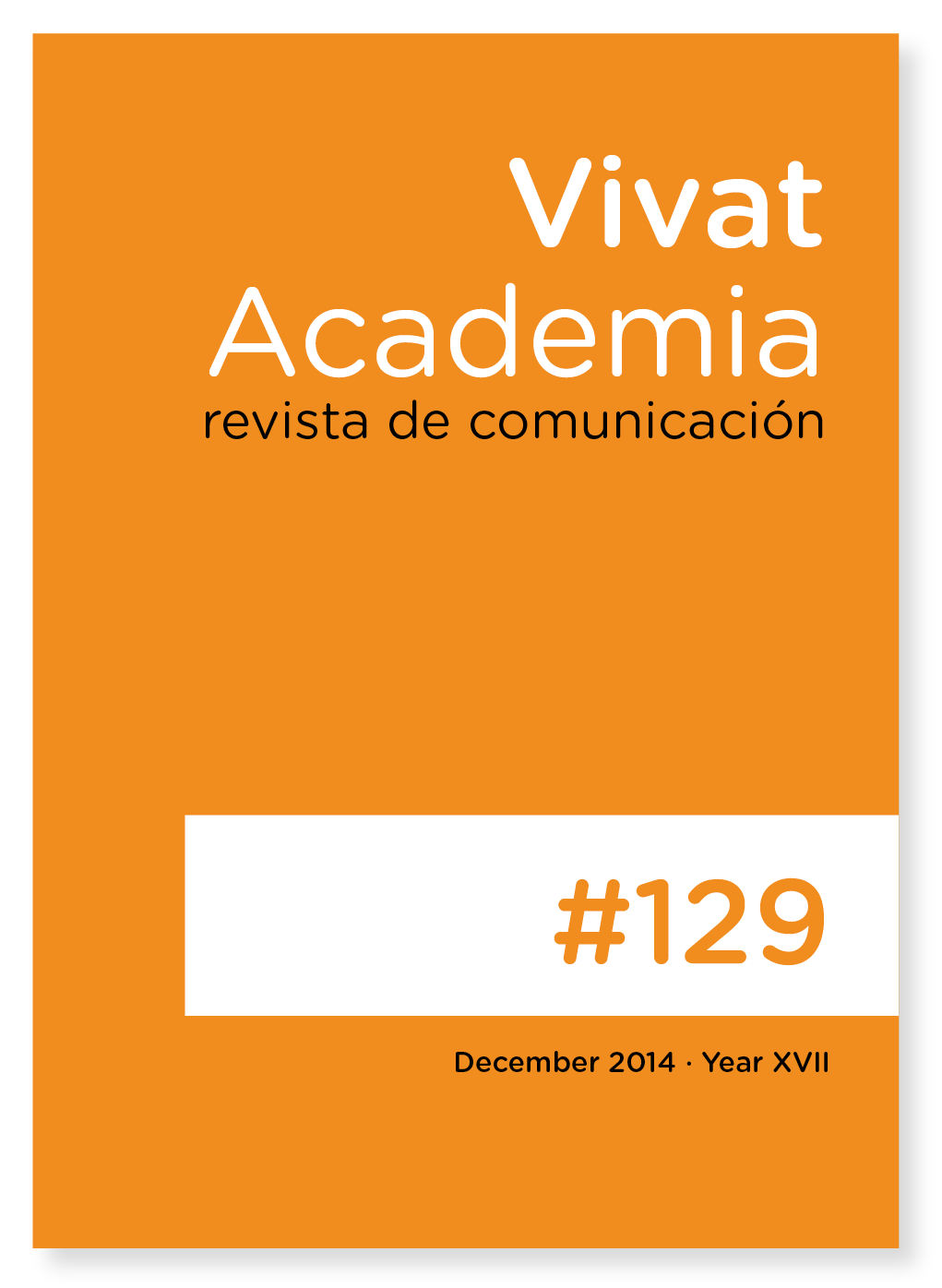The English Language Teaching at an Early Age: The Impact of the Learning Process in Students From Public Schools
Main Article Content
Abstract
Downloads
Article Details
The main author must deliver the letter of transfer of copyright, according to the model provided by Vivat Academia, Revista de comunicación, which declares the transfer of copyright to the journal and make explicit the rights of authors regarding the dissemination and use of the manuscript once published.
Creative Commons Attribution/Non Commercial 4.0 International
References
Bonamino, A. Y Franco, C. (2004): Eficacia y Equidad en la Escuela Fundamental Brasilera. Fondo de Investigaciones Educativas – PREAL.
Bourdieu P. (1977) Cultural Reproduction and Social Reproduction. In: Power and Ideology in Education, edited by Jerome Karabel and A. H. Halsey, New York: Oxford University Press.
Bourdieu P. (1986) The forms of capital. In: Richardson, J. G. (Ed.) Handbook of Theory and Research for the Sociology of Education, pp. 241 -258.
Brown D. (1994) Principles of Language Learning and Teaching. Third Edition. Prentice Hall Regents.
Brown, G. and Yule, G, (1983). Teaching in spoken Language. Cambridge: Cambridge University Press.
Case. R. (1989). El desarrollo intelectual. Ediciones Paidós. Barcelona.
Carazo. Z (2010). The use of songs as authentic material: IES Marqués de Comares. Lucena, Córdoba.
Cervini, (2002). Desigualdades en el logro académico y reproducción cultural en Argentina. Un modelo de tres niveles. Revista Mexicana de Investigación Educativa, Vol. 7, N° 16, pp. 445 -50
Crystal, D. (2003). English as a Global Language. Cambridge, Inglaterra: Cambridge University Press.
Downs, L. (2008): Listening Skills Training. Baltimore, Estados Unidos: Victor Graphics Inc. Press.
Freire, P. (1996) “ La importancia del acto de le er ” en Enseñar lengua y literatura en el Bachillerato. Textos de Didáctica de la Lengua y de la Literatura, Barcelona, Graó, nº 15, pagina. 82
Klein, W. (1986). Second Language Acquisition. Cambridge: Cambridge University Press.
Krashen, S. (2007): ‘Theory of Second Language Acquisition’,.
Krashen, S. D., M. A. Long, and R. C. Scarcella. (1979): "Age, Rate and Eventual Attainment in Second Language Acquisition." TESOL QUARTERLY 13 573-582.
Liberman, A. (1967): "Perception of Speech Code" Psychological Review 74, pp. 431-461.
Lindeman E. (2001): A rethoric for Writing Teachers. Oxford University Press.
MINEDUC, (2004) “Planes y pro gramas de In glés par a el NB5 ”, Ministerio de educación, República de Chile. Santiago.
Muzetti. L. (2000): Escritos de educación. Reseña de: Nogueira, M. A., Catani, A. (Org.). Educación y Sociedad, Año 21, N° 73, pp. 257 -261.
Nogueira, C., Nogueira, M. (2002): Sociología de educación de Pierre Bourdieu: limites y contribuciones. Educación y Sociedad, Vol.23, N° 78, pp. 15- 36.
Nunan, D. (1991): Language teaching methodology: a text for teachers. Prentice Hall International (UK) Ltd.
Piaget J. (1923), “Th e language and thought of the child ”. Buenos Aires: Guadalupe, 1972.
Pisoni, D. (1996): "Some thoughts on Anormalization in Speech Perception". En
Johnson y J. W. Mullennix (Eds.). Talker variability in speech processing. San Diego: Academic Press.
Raimes, A. (1983) Out of the Woods: Emerging traditions in the Teaching of Writing.TESOL Quarterly.
Romero, A. (1985): Developmental Reading. Manila, Filipinas: Rex Book Store Press.
Resultados de Inglés para Docentes y Directivos SIMCE Inglés. 2010 www.simce.cl, Instituto Chileno Norteamericano (2010) SIMCE inglés.
Scrivener, J, and MacMillan (2005), “ Learnin g T eachin g. A guid ebook fo r English
langu a ge te ache rs”. Second Edition.
Tarone, E. (1976): “Some Influences on the Syllable Structure of Interlanguage Phonology”, en Interlanguage Phonology: The Acquisition of a Second Language Sound System, IOUP, G. y S. Weinberger, Newbury House Publishers, 1987.
Tribble C. (1996) Writing (Language Teaching: A scheme for Teacher Education). OUP Oxford.
Vygotsky, Lev. (1986), “Thought and Language” . Ed. and trans. Alex Kozulin. Cambridge, MA: M.I.T. Press.
Wipf (1984), Teaching Second Language Listening Comprehension. Foreing Languague Annals. 17, 345- 348.





